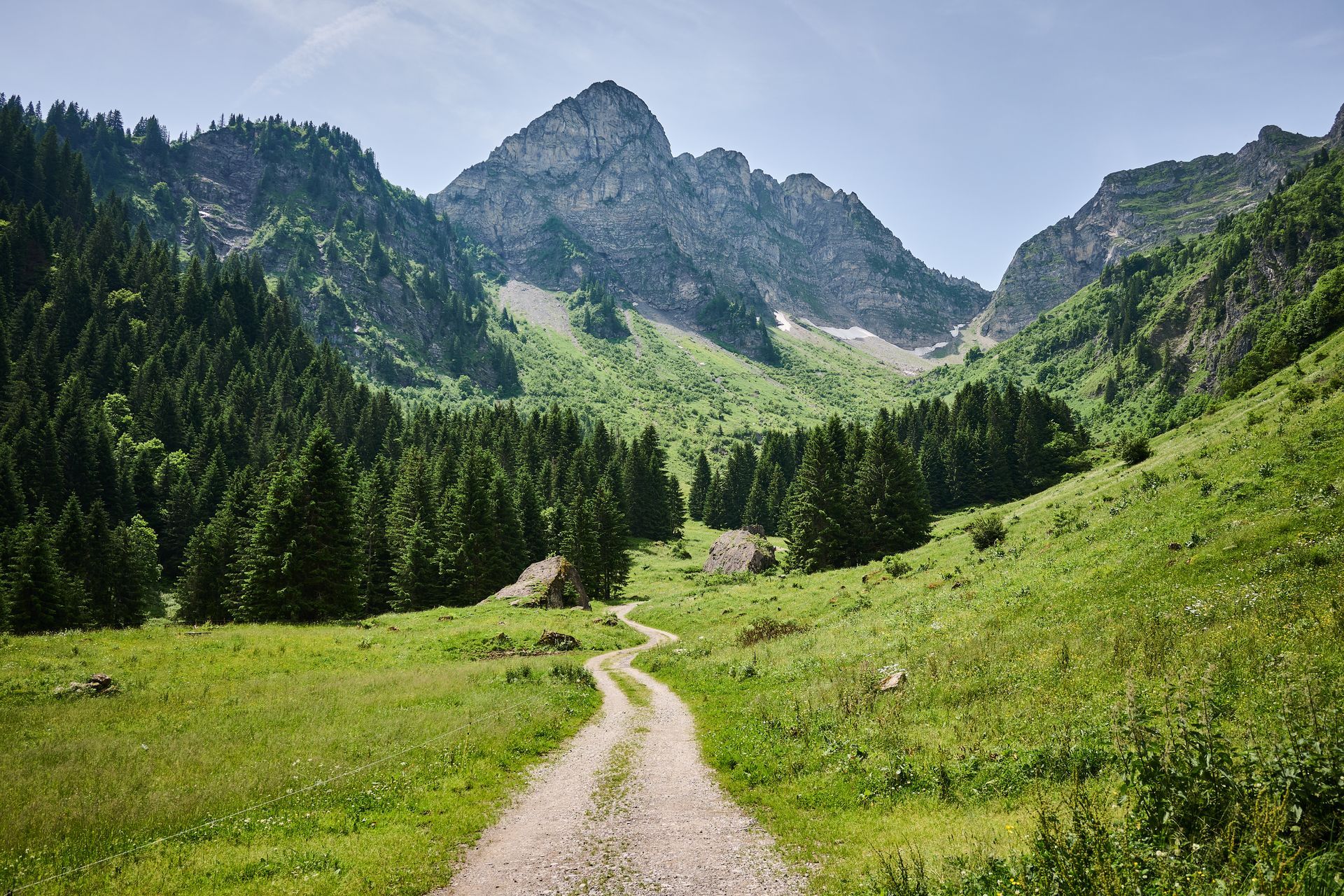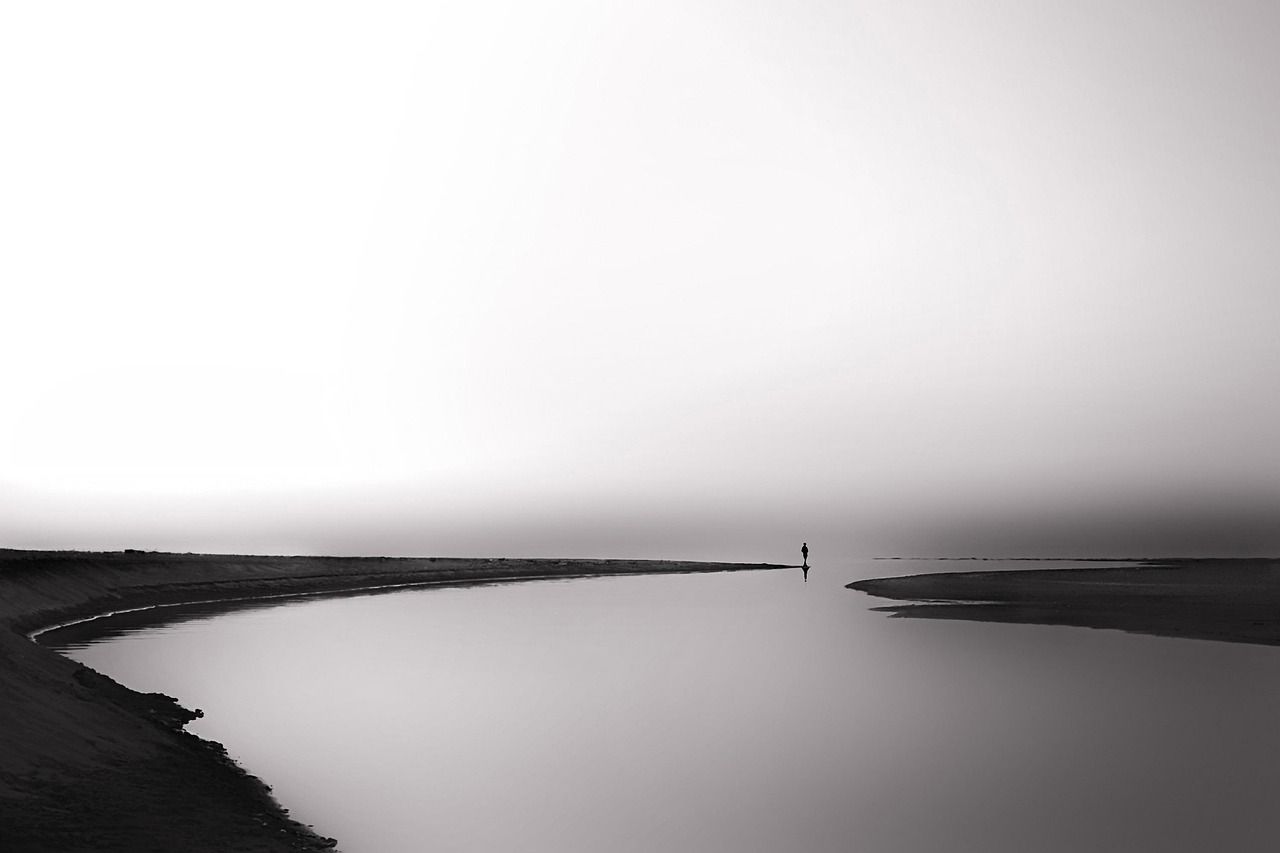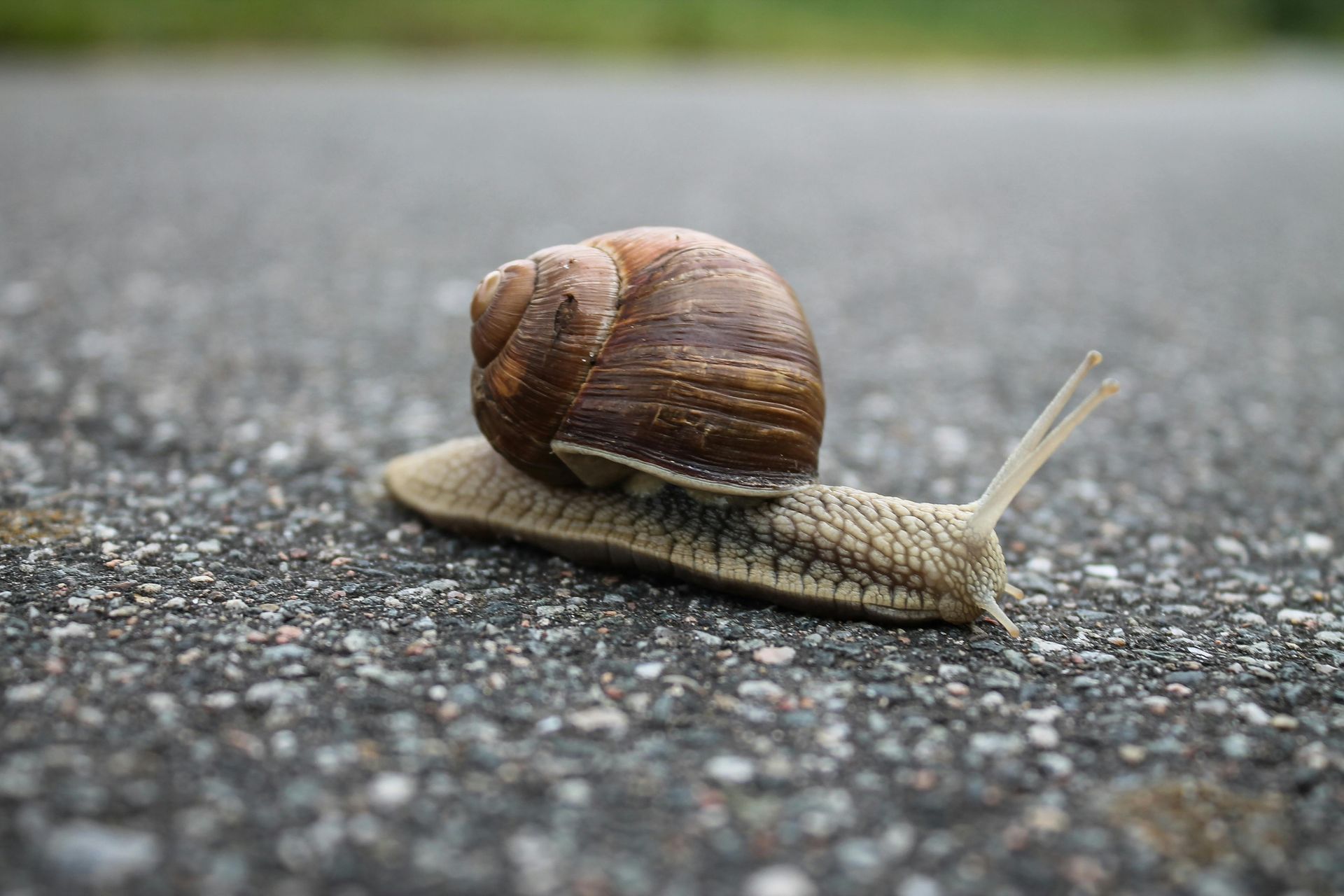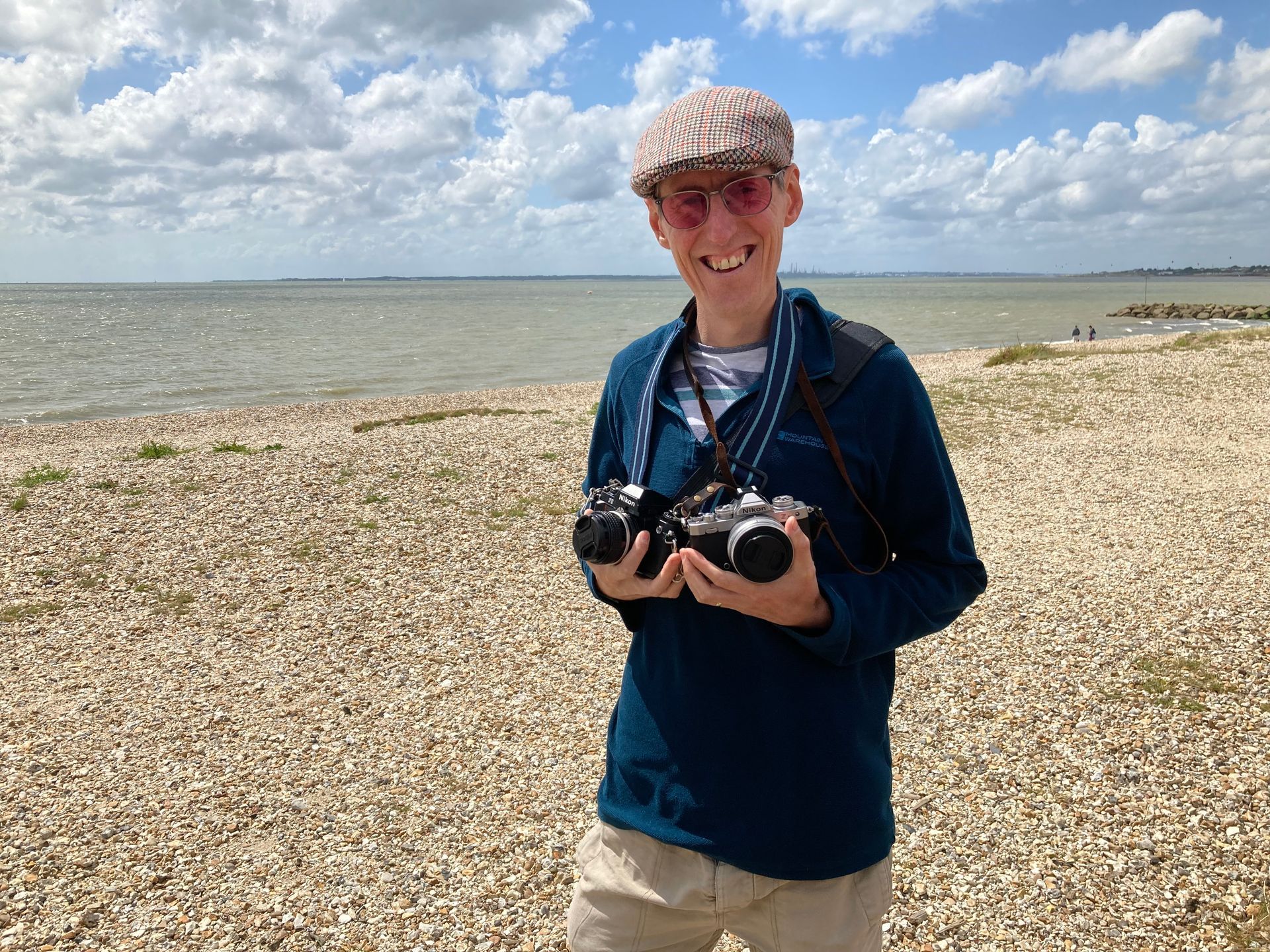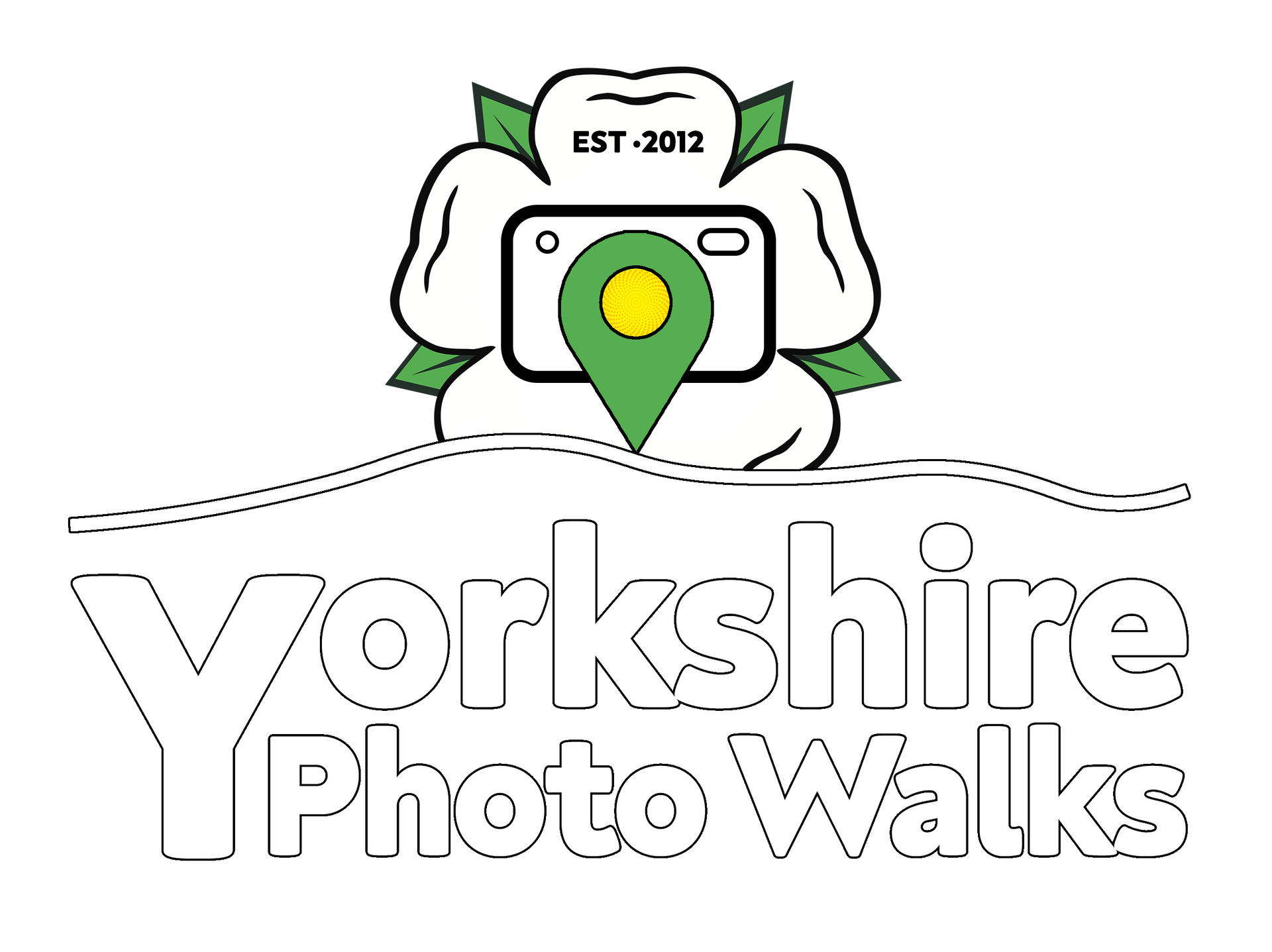New Year, New Lens: Setting Your Photography Aspirations for the Year Ahead
Improve your photography in 2025 today!
The start of a new year is the perfect opportunity to reflect on the past, set fresh goals, and embrace new challenges. For photographers, it’s a chance to redefine their artistic journey and push the boundaries of their craft. Whether you're a seasoned professional or an enthusiastic hobbyist, setting photography aspirations can breathe new life into your practice and inspire you to capture moments in innovative ways.
In this article, we’ll explore how you can set meaningful photography aspirations for the year ahead, along with tips for achieving them.
1. Reflect on the Year Past
Before diving into your goals for the new year, take a moment to look back. What were your biggest photography accomplishments from last year? Did you explore new techniques, experiment with different genres, or perhaps develop a deeper understanding of post-processing? Recognising your progress, no matter how big or small, is essential to understanding where you are and where you want to go.
Actionable Tip: Create a "year-in-review" photo album. This could include your favorite shots, milestones, or even challenges you overcame. Not only does this act as a reflection tool, but it also gives you a visual starting point for where you want to head next.
2. Set Specific and Achievable Goals
Rather than making vague resolutions, such as “I want to improve my photography,” set specific, measurable goals that challenge and motivate you. These goals can cover a range of aspects, including technical skills, creative projects, or even personal growth.
Here are some ideas for photography aspirations:
- Master a New Technique: Whether it's long exposure, macro photography, or light painting, choose one technique you want to master.
- Explore New Genres: Experiment with a different style of photography, such as portraiture, landscape, street photography, or fine art. Try working in a genre you’ve never explored before.
- Learn Advanced Post-Processing: If you’ve only scratched the surface of editing, consider dedicating time to learning new software tools, such as Lightroom, Photoshop, or Capture One, and focus on advanced techniques like color grading, compositing, or retouching.
Actionable Tip: Break down your goals into smaller, monthly objectives. For example, "This month, I’ll shoot and edit my first portrait session,” followed by, “Next month, I’ll learn how to blend exposures in Photoshop.”
3. Challenge Your Creativity
Photography is as much about artistic expression as it is about technical skill. Challenge yourself creatively by setting goals that push you outside your comfort zone. Creativity flourishes when we try new things, so don't be afraid to experiment with different lighting, composition, and storytelling techniques.
Actionable Tip: Set a goal to shoot with a limitation in mind, like only using natural light or shooting with a single lens. Limiting yourself can spark innovative ideas and force you to see the world in a different way.
4. Create a Personal Project
Personal projects are a great way to cultivate passion and purpose in your photography. Whether it’s a long-term documentary-style project, a series of themed portraits, or capturing everyday life in a specific location, having a project to focus on can help you grow as an artist.
Actionable Tip: Set aside time each month to work on your project. Document your progress and don’t be afraid to make adjustments along the way. The key is to stay consistent and dedicated.
5. Engage with the Photography Community
One of the best ways to improve as a photographer is by surrounding yourself with others who share your passion. Join photography communities, attend workshops, or participate in online challenges. Not only will this provide valuable feedback, but it will also inspire you to try new things and push your creative boundaries.
Actionable Tip: Follow photographers whose work you admire, and engage with them. Attend photography meetups or workshops, either virtually or in person, and share your work for constructive critique.
6. Embrace the Power of Storytelling
Every photo has a story to tell. In the coming year, focus on not just capturing images but telling compelling stories through your lens. Whether it’s the emotion in a portrait or the narrative of a landscape, your photos should convey more than just a moment in time—they should communicate a message.
Actionable Tip: Start a storytelling project where each series of photos tells a story. This could be about a person, a place, or a concept. Learn the art of visual storytelling through framing, composition, and mood.
7. Take Care of Your Well-Being
Photography, like any art form, can be mentally demanding. The pressure to keep improving, capture perfect shots, and stay inspired can sometimes lead to burnout. Be sure to set realistic expectations for yourself, take breaks when needed, and find joy in the process rather than just the outcome.
Actionable Tip: Schedule regular “photo walks” or downtime to recharge. Allow yourself to shoot without the pressure of perfection, and simply enjoy being creative.
8. Share and Celebrate Your Work
Don’t be afraid to share your photography journey with others. Whether it’s through social media, creating a website, or hosting an exhibition, sharing your work helps you connect with your audience and receive feedback. Plus, it can open doors to opportunities and collaborations.
Actionable Tip: Create a photography portfolio that you can update throughout the year. Make it a goal to showcase your progress, whether through online platforms, galleries, or printed books.
Conclusion: The Year Ahead is Yours to Capture
As the new year begins, embrace the opportunities it brings to grow as a photographer. Set clear, actionable goals, challenge yourself creatively, and above all, have fun. The beauty of photography is that it’s both an art and a journey, and the year ahead offers endless possibilities to push your limits, refine your skills, and capture the world through your unique perspective.
Remember, the process is just as important as the result. So pick up your camera, set your intentions, and let the adventures of the year unfold, one shot at a time.
